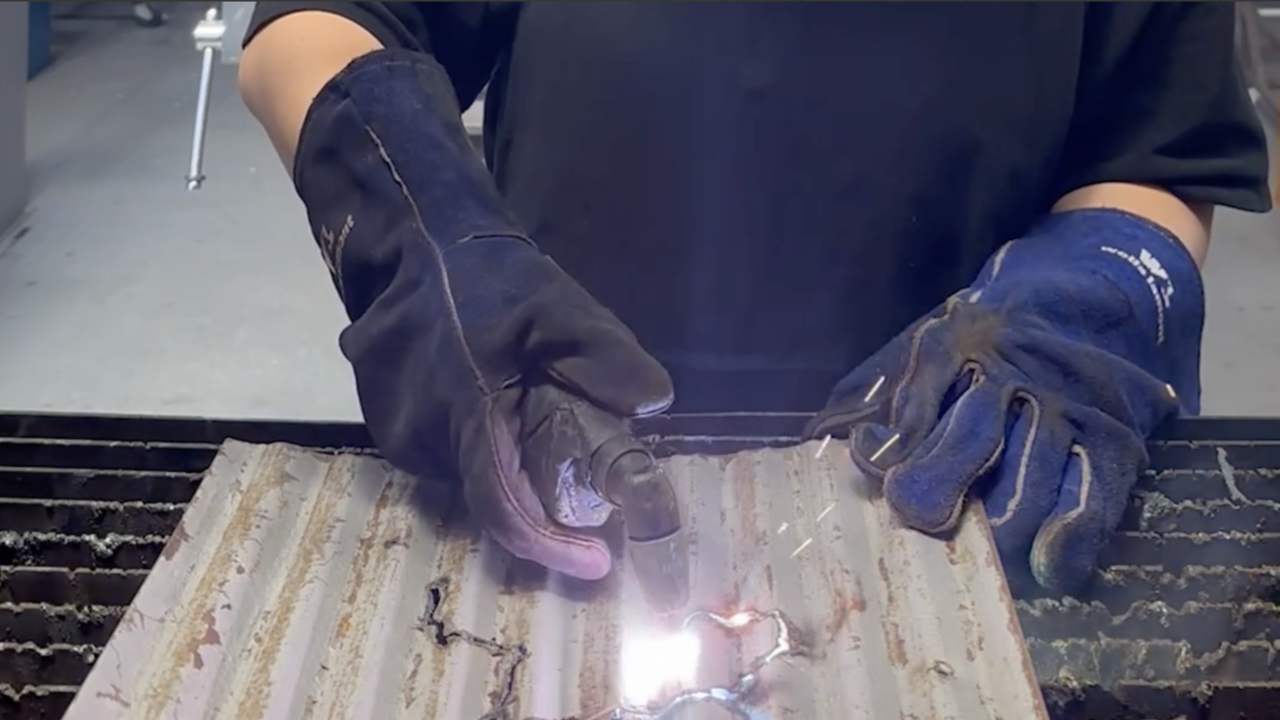Hypertronix
What does it mean to be young? Should it be defined by age or occupation? These are some of the questions generated by 'Hypertronix', a series of collaborative projects held at the EACC, a new contemporary art centre in Castelló. The show's subtitle is 'Fictionalisations of youth (sub)culture'. Coined by the exhibition's creator Manuel Clot, the phrase encapsulates the spirit of an exhibition that extended beyond the gallery: for two months audiences enjoyed performances by DJs; a conversation with the 'muse from Madrid' Alaska, an icon of the Spanish gay community and vocalist for the fabulous group Fangoria who sing in Castillian (of note for breaking with the homogeneity of bands that sing exclusively in English for commercial or fashionable reasons); and the transmission of the radio program Siglo XXI, a cutting-edge forum which discussed Spanish music and youth trends. Visitors to 'Hypertronix' also had access to comic books, fanzines and Spanish and international magazines representative of what is happening in contemporary comic-strip art.
The project seemed, at first sight, to brim with virtues. But what does the exhibition really tell us about our culture? The answer is more bewildering than the times in which we live and the art our time generates. Entering the pristine rooms of the EACC, the viewer was greeted by the forceful work of the Basque artist Txomin Badiola, LM & SP (A man of few morals and some conviction) (1998) - an open, wooden, rectangular structure that gives the impression of either falling into disrepair or being constructed. On one side of the installation is an enormous photocopy of hooded participants in a demonstration (undoubtedly a reference to groups of abertzales, Basque nationalists from the far left). On the installation's other side, another very detailed photocopy deployed a comic-book idiom to speak about peace, lawyers and public prosecutors. Next to it, a table covered with books about human psychology nestled alongside a video monitor screening the story of a depressed football player - which might explain the books on psychology. The football player is placed alongside other figures in a space with an electric guitar, sports clothing and art books. Throughout the video, texts verging on kitsch declaim against the street violence that is common in the Basque country. Badiola speaks about returning from a residency of some years in New York, finding himself in a place of distinct and divided social sectors: radical Basque youth who support ETA; football-mad youth; and youth focused on night-life culture. Badiola apparently aspires to the impossible task of uniting these groups.
Badiola's work is the highlight of the exhibition and the work most distanced from the cliché that young people (in the West, at least) spend their time between discotheques, drugs and listening to deafening music. The problem is that some of the pieces in this exhibition not only indulge this commonplace idea but add to it with an insufferably pseudo-intellectual air. The work of Mariko Mori, for example, is purely cosmetic. That said, the king of 'Hypertronix' was Wolfgang Tillmans, who - in a world of increasing Anglo-hegemony and pre-packaged sex - skillfully reinvents the forms of publicity favoured by contemporary art.
Translated by Paul Allatson
















